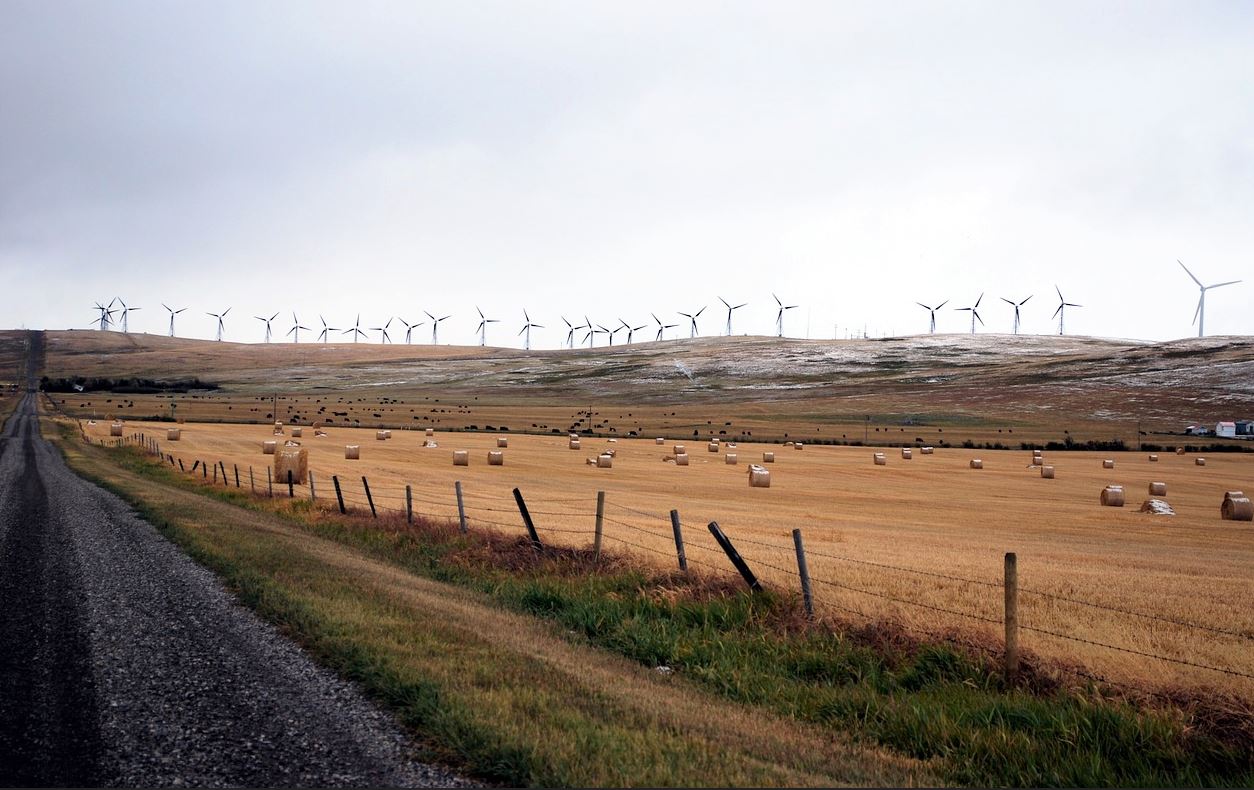
Audible and potentially annoying indoor low-frequency noise from a wind farm is present for about 16% of the time at distances up to 3.5km, field data recorded in South Australia shows.
The noise described as ‘thumping’ or ‘rumbling’ – technically referred to as amplitude modulation (or AM) – is related to the frequency of turbine blades passing the tower and power outputs of wind turbines.
While effects on wind turbine noise and sleep are still being investigated, AM is one of the most prominent features of wind farm noise so warrants studies into how commonly it occurs, and what impact it has on people, says Dr Kristy Hansen, from the Flinders University research team.
“In this first study, we found that audible AM decreases with distance from the wind farm but still remained prominent over long distances,” Dr Hansen says.
In the first results from a wide-ranging ongoing scientific study of wind farm noise emissions and potential effects on human sleep, the Flinders experts examined AM at nine houses located at distances where residents have raised concerns about noise and sleep disturbance.
In the residences 3.5km from the nearest turbine, audible indoor AM still occurred 16% of the time, including 22% of the time at night, researchers report in ‘Prevalence of wind farm amplitude modulation at long-range residential locations‘ (2019) by Kristy L Hansen, Branko Zajamšek and Colin H Hansen, just published in the Journal of Sound and Vibration (Elsevier).
At distances of 7.6km- 8.8km, audible AM was only detected on one occasion.
“The prevalence of AM has not been widely reported either in Australia or worldwide, although it’s well known that it results in increased annoyance in listening tests – and has also been cited in complaints from residents living near wind farms,” says Dr Hansen, who led the study.
An audible indoor low-frequency tone was amplitude modulated at the blade-pass frequency for 20% of time at 2.4km. Audible AM also occurred for a similar percentage of the day over a broad range of wind farm power outputs of between 40% and 85% of total capacity.
“This indicates that it is important that AM analysis is not restricted to high power output conditions only,” says Dr Hansen, adding wind turbine noise is dominated by low frequencies, can vary up and down in volume – and appear more noticeable in rural areas where background noise such as that from traffic is very low.
In contrast, another new paper, ‘Human perception of wind farm vibrations’ (2019) by Duc-Phuc Nguyen , K Hansen and B Zajamšek, (Flinders College of Science and Engineering, Flinders College of Medicine and Public Health and University of Adelaide School of Mechanical Engineering) published in the Journal of Low Frequency Noise, Vibration and Active Control (SAGE), the researchers found that wind farm vibration is unlikely to cause problems inside residences located 2.4km, 3.3km and 5km from wind farms.
The results are part of a series of early findings from two long-running projects funded by the Australian Research Council (ARC) and the National Health and Medical Research Council (NHMRC) covering the engineering, field, laboratory listening test and sleep measurement aspects of ongoing work.
Flinders University Adelaide Institute for Sleep Health Professor Peter Catcheside, who leads the NHMRC-funded wind farm noise study, says that the main field work is now complete, although further AM and sleep study analysis is still ongoing.
The research team is also examining AM noise and sleep study measurements from more recent field work, and is hoping to compare results against industry data.
“This field work has been very important to help guide the remaining laboratory-based studies now investigating noise effects on sleep,” Professor Catcheside says.
“Based on our noise studies in the field, we will faithfully reproduce key elements of wind farm noise for direct comparison against quiet periods and traffic noise in both day-time listening tests and overnight sleep studies.
“These studies will map out the dose-response effects of wind turbine noise compared to better known traffic noise effects on sleep,” he says, noting that any noise has the potential to disturb sleep and that people perceive and respond to noise differently so it is important to test for potential differences between noise types across a range of people.”
The research team is now seeking people from wind farm areas who feel they are either impacted or not impacted by wind farm noise, people with traffic noise related sleep problems and people from quiet rural areas willing to travel and participate in the Adelaide based laboratory study.
Anyone interested in participating can contact windfarmnoisestudy@flinders.edu.au

